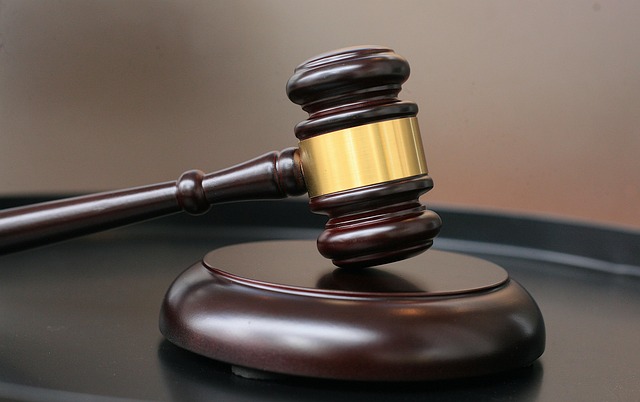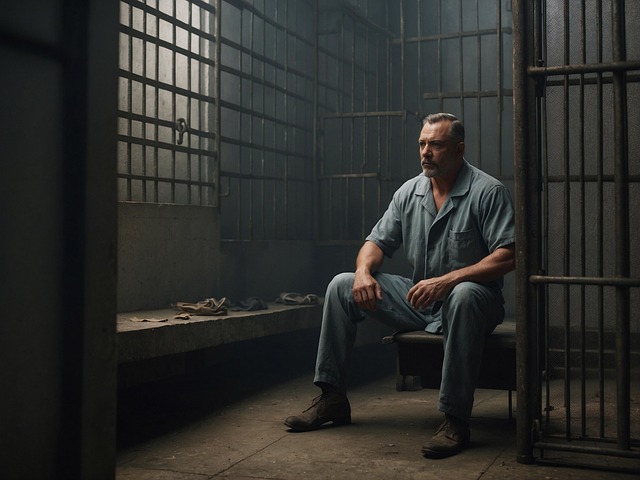Pedestrian Accident Compensation: Settlement vs. Trial Options Explained
Understanding your rights and compensation options after a pedestrian accident is vital. Compensatio…….
In today’s fast-paced urban world, ensuring the safety of pedestrians is a critical aspect of sustainable city development. Pedestrian accident compensation, as an integral part of this safety net, plays a pivotal role in mitigating the financial and emotional burdens suffered by individuals involved in pedestrian-related incidents. This article delves into the intricate world of pedestrian accident compensation, exploring its various facets, global impact, and future potential. By understanding its significance, mechanisms, and challenges, we can foster more effective strategies to protect vulnerable road users and promote equitable access to justice.
Pedestrian accident compensation, in its essence, is a financial redress mechanism designed to support individuals who have been injured or suffered losses due to pedestrian-motor vehicle collisions. It encompasses a range of benefits, including medical expenses, rehabilitation costs, loss of income, pain and suffering, and legal fees. The primary goal is to alleviate the economic strain on victims and enable them to focus on recovery and rehabilitation.
Key components of pedestrian accident compensation typically include:
The concept of compensating pedestrians for accident-related losses has evolved over centuries, reflecting societal values and legal systems. Historically, common law in many jurisdictions recognized the responsibility of property owners to maintain safe premises, but pedestrian accidents involving motor vehicles required distinct legal frameworks.
In the mid-20th century, as cities experienced rapid urbanization and an increase in motor vehicle ownership, the number of pedestrian accidents rose dramatically. This led to the development of no-fault insurance systems and subsequent evolution into comprehensive compensation schemes. Today, pedestrian accident compensation is recognized internationally as a vital component of road safety policies, reflecting a commitment to prioritizing pedestrian well-being.
Pedestrian accident compensation has a profound global impact, with each country adopting unique approaches based on their legal systems, cultural norms, and infrastructure. The World Health Organization (WHO) estimates that over 274,000 pedestrians die in road traffic crashes worldwide each year, highlighting the urgent need for effective compensation mechanisms.
Pedestrian accident compensation is a significant component of the global insurance industry, with varying market sizes across regions. The size of this market is influenced by factors such as:
Insurance companies investing in pedestrian accident compensation-related assets and opportunities include:
Pedestrian accident compensation plays a vital role in economic systems by:
The future of pedestrian accident compensation technology holds immense potential:
Pedestrian accident compensation is governed by a myriad of policies and regulations that vary across jurisdictions. Some key frameworks include:
Policy and regulatory frameworks play a crucial role in shaping the following aspects:
Japan’s pedestrian accident compensation system is a model of excellence, characterized by comprehensive coverage, efficient claims processing, and robust public awareness campaigns. Key features include:
Lessons Learned: A successful compensation system requires a combination of mandatory insurance, government intervention, efficient processes, and robust public education.
Sweden’s road safety strategy, known as Vision Zero, focuses on eliminating all traffic-related deaths and serious injuries. This approach has significantly reduced pedestrian fatalities and resulted in innovative compensation mechanisms:
Lessons Learned: Strict liability, robust public funding, and a holistic approach to road safety can lead to exceptional pedestrian accident compensation outcomes.
Pedestrian accident compensation is a critical component of ensuring social justice, promoting economic stability, and fostering safer communities. As technology advances and global awareness grows, the future of pedestrian accident compensation holds immense potential for improvement and innovation. By addressing challenges through policy reforms, technological integration, and public education, governments, insurers, and victims can work together to create a more equitable and responsive system that supports pedestrians’ rights and well-being.

Understanding your rights and compensation options after a pedestrian accident is vital. Compensatio…….

Pedestrian accident compensation claims offer financial aid for individuals injured while crossing r…….

Police reports are vital tools in pedestrian accident compensation cases, offering detailed official…….

Pedestrian accident victims have options for seeking justice: settle out of court or go to trial. Ke…….

After a pedestrian accident, understanding your legal rights and seeking appropriate compensation is…….

Pedestrian accident compensation is crucial for injured parties seeking justice and financial stabil…….

In case of a pedestrian accident, understanding compensation involves navigating a legal framework d…….

In the event of a pedestrian accident, understanding legal rights regarding pedestrian accident comp…….

Pedestrian accident compensation claims are crucial for fair reimbursement of medical expenses, pain…….

In the event of a pedestrian accident, understanding your rights regarding pedestrian accident compe…….